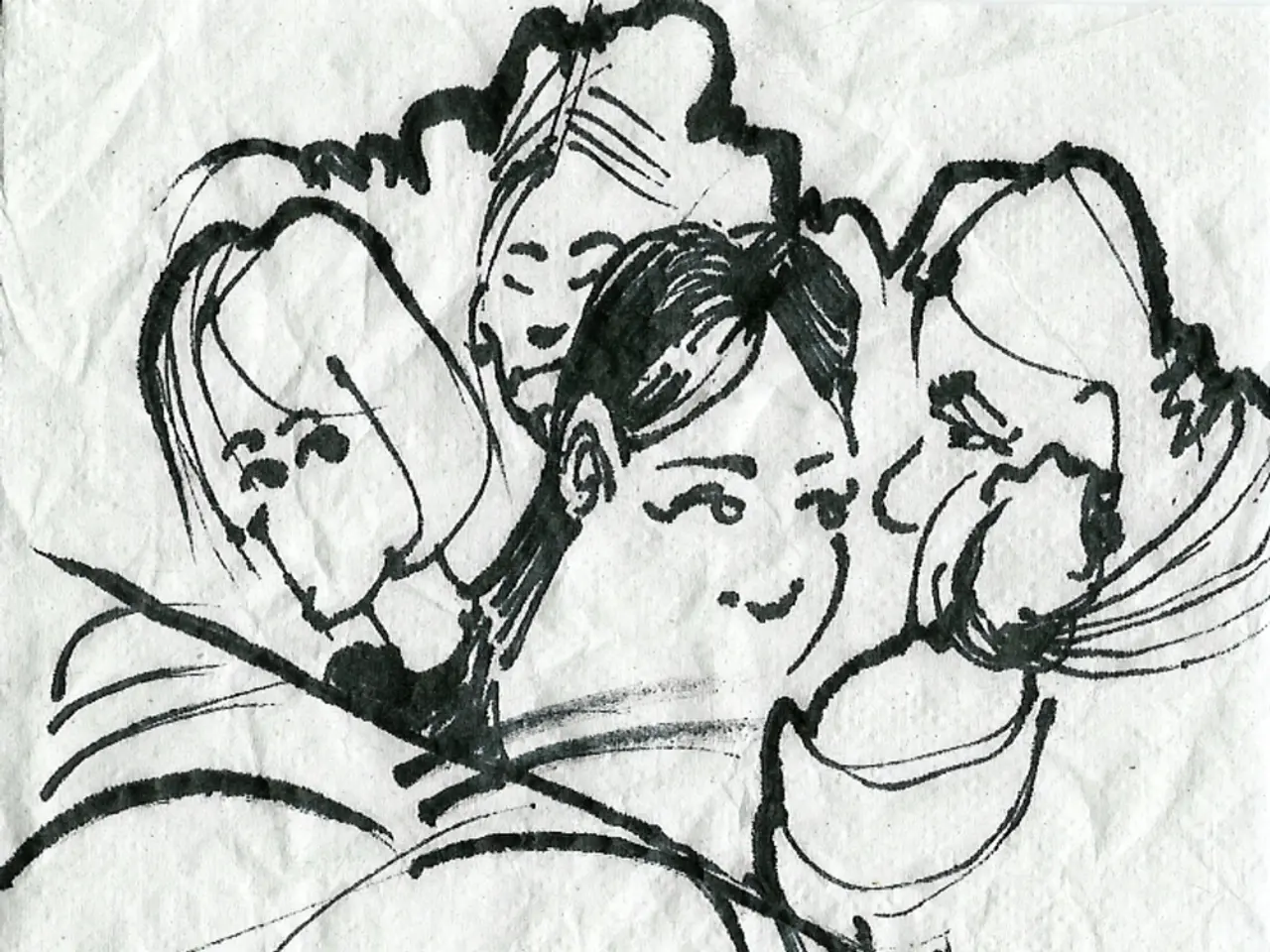Warning for Designers Regarding Intellectual Property Rights
In the creative world of design, understanding copyright law is crucial to protect original works and avoid potential infringements. Copyright law aims to reward the original creator of a piece, protecting the tangible expression of a design, not just ideas or generic elements [1].
When assessing if a design infringes copyright, several key factors must be considered:
- Originality and Creativity: The design must contain at least a "spark" of creativity or originality. A design that is too generic or common typically is not protected [1].
- Fixed Tangible Form: The design must be fixed in a tangible medium, such as drawings or digital files [1].
- Protected Expression vs. Idea: Courts use tests like the "abstractions test" to separate protectable expression from unprotectable ideas. Elements that are generic or functional are not protected, but specific expressive elements such as particular arrangements, stylizations, or selections can be [2].
- Derivative Work Considerations: If a design is based on an earlier copyrighted work, it might be considered "derivative." Copyright infringement can occur if the new design substantially copies the original's protected elements, such as structure, style, or "total concept and feel," not just verbatim copying of individual parts [2].
- Substantial Similarity and Total Concept and Feel: Even without exact copying, a design can infringe if it replicates the original's protected expressive choices, including style, sequencing, mood, or arrangement, creating a similar overall impression [2].
- Fair Use and Transformative Use: If the design adds significant new expression or meaning (transformative use) and does not harm the original's market, it might not infringe. Courts assess factors such as purpose, nature, amount used, and market effect to decide fair use [3][4].
To determine infringement, compare the accused design to the original copyrighted work focusing on whether the accused design copies protected expressive elements (not just ideas or generic features), whether the design mimics the unique combination of elements that make the original distinctive, and whether the accused work is sufficiently transformative to qualify as fair use rather than infringement.
It's important to note that copyright law does not allow turning up to court with a list of specific changes to argue originality. This analysis requires careful legal and factual examination, often relying on established legal doctrines like the abstractions test, total concept and feel, and fair use factors [2][3][4].
Lastly, remember that you cannot copyright an idea, but you can copyright the execution of an idea. The substantive part of a work must be original to avoid copyright infringement. To ensure your designs are protected, it's always best to take legal advice before publishing.
In writing this article, care has been taken to avoid infringing on other copyrights, with the content being written in the author's own words and structure. The header image used in this article is licensed under CC BY-SA 2.0, with author/copyright holder Martin Fisch.
[1] Copyright, Designs and Patents Act 1988, HMSO, 1988. [2] WIPO, Copyright Law Treaty, 1991. [3] U.S. Copyright Office, Circular 1, Copyright Basics, 2021. [4] Nimmer on Copyright, Matthew Bender & Co., Inc., 2020.
During the process of creating a UI design for the various sectors such as lifestyle, fashion-and-beauty, or home-and-garden, it's essential to consider copyright laws to protect originality and avoid potential infringements. For instance, when designing a layout for a fashion-and-beauty website, it's crucial to create unique expressive elements, such as particular arrangements or stylizations, to avoid being deemed as a derivative work of an earlier copyrighted design.




